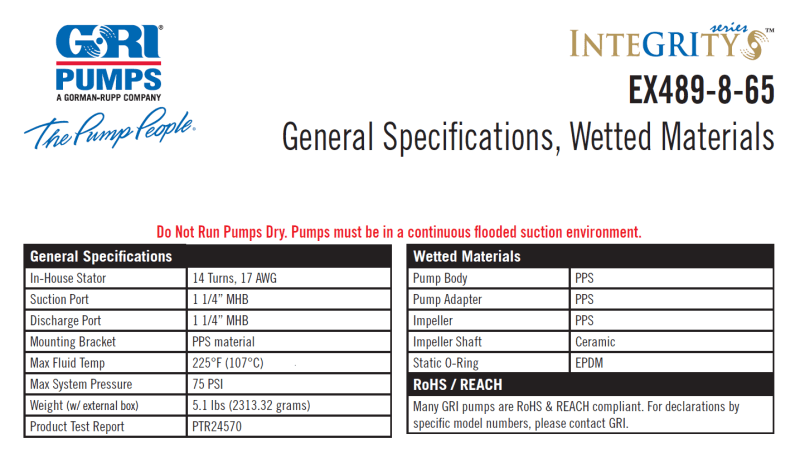Curious3110
Mechanical
- Dec 4, 2023
- 7
Hello All,
This may be a very stupid question. But Why is the reason that we set pressure relief valve higher value than the Maximum allowable pressure value?
For example: I have a system which has a maximum pressure 75 PSI (limited by pump) but the pressure relief valve is set to 90 PSI? Shouldn't it be set lower than 90 PSI? or is There any thumb rule?
This may be a very stupid question. But Why is the reason that we set pressure relief valve higher value than the Maximum allowable pressure value?
For example: I have a system which has a maximum pressure 75 PSI (limited by pump) but the pressure relief valve is set to 90 PSI? Shouldn't it be set lower than 90 PSI? or is There any thumb rule?

